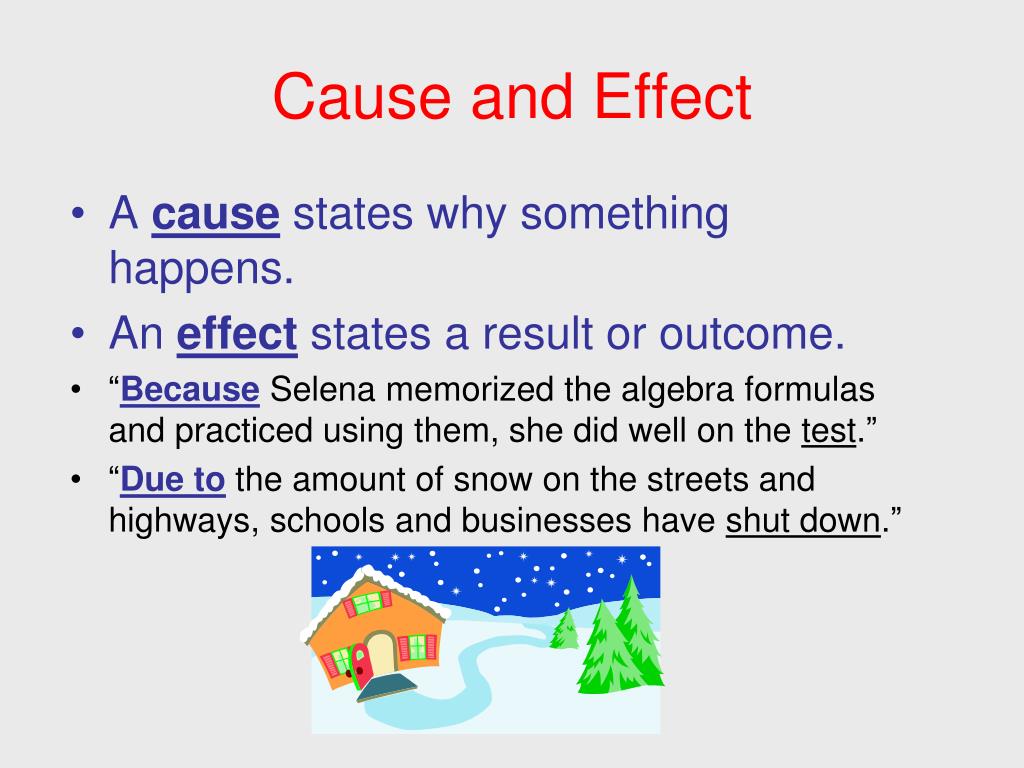


22 proposes a total-variation-based method, and a novel approach based on the Hilbert-Huang transform was recently developed 23.
#Effect signal words series
For ground-based detection, a series of template-independent signal extraction and detection algorithms have been developed, such as CWb 20, and BayesWave 21, both based on the wavelet transformation. Moreover, the typical duration of the compact binary coalescence signal detected by LISA is longer than that detected by ground-based detectors, resulting in an even larger computational effort for the matched filtering algorithm. However, this is not practical because of the high parameter space dimension to be explored. The optimal template for matched filtering would have to include all the GW source parameters in the data. The additional complexity of space-based detection over ground-based detection can be attributed to the different types of sources. This is currently the most widely used algorithm for the detection of GWs. In principle, the most accurate results can be achieved by using a matched filtering algorithm to detect signals buried in Gaussian noise 17, 18, 19. Earlier GW detection methods are divided into two categories: a) theoretical template-based algorithms like matched filtering, b) template-independent algorithms. GW data processing is complicated due to the overwhelming noise, which is non-Gaussian, sometimes non-stationary 14, 15, and containing sudden temporary glitches 14, 15, 16. The detection of those GWs in the LISA mission enables us to gain a better understanding of black holes and galaxies 13.

Beyond these resolvable sources, a huge number of unresolvable events will sum up incoherently, forming a stochastic GW background (SGWB). Unlike stars, COs can avoid tidal disruption and approach the central MBH, radiating a significant amount of energy in GWs at low frequencies. The EMRI system is formed when the MBH captures compact objects (CO) surrounding them. Massive black holes (MBH) exist in most galactic centers, and the MBHs merge along with the galaxies, which happens regularly in the Universe 12. The most common GB sources are binary white dwarf (BWD) systems, which will populate the whole frequency band of the LISA detector. LISA is expected to observe a variety of GW sources 11, including Galactic binaries (GB), massive black hole binaries (MBHB), and extreme-mass-ratio-inspirals (EMRI).

Laser Interferometer Space Antenna (LISA) will be launched around 2034 8, and Taiji 9 and TianQin 10 are also in progress. Ground-based GW detectors such as LIGO, Virgo, and KAGRA cannot detect GWs at frequencies lower than 10Hz due to seismic noise 7, therefore space-based detectors are being developed. GWs have become a new probe allowing cross-validation with a variety of fundamental physical theories 3, 4, 5, 6. A total of 93 events have been reported in the three observations 2. As detectors become more sensitive, more and more GW events are discovered, enabling a new era of multi-messenger astronomy. The first direct detection of GWs coming from coalescing binary black holes (BBHs) was made by the LIGO/Virgo Collaboration 1, which verifies Einstein’s General Relativity.


 0 kommentar(er)
0 kommentar(er)
